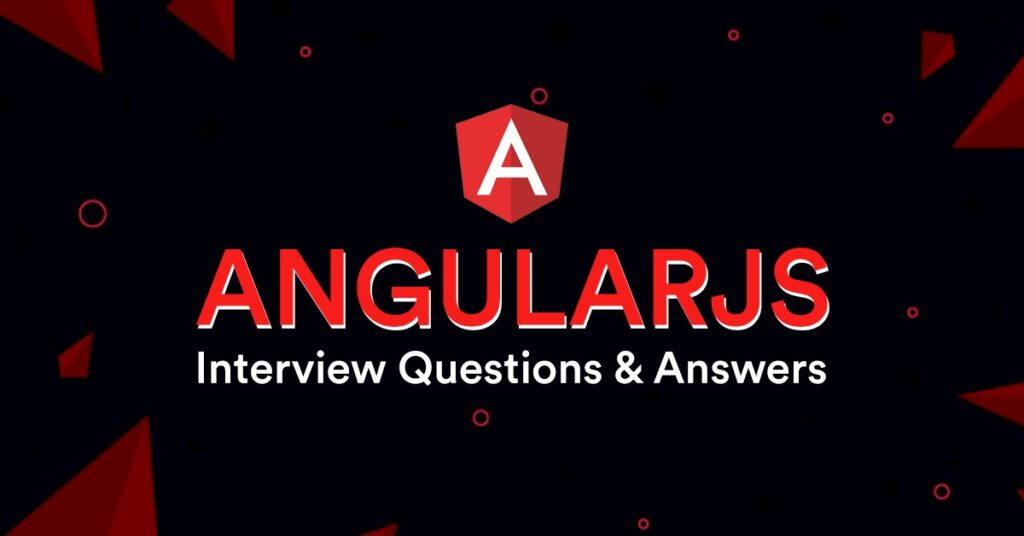Q1. Explain component life cycle in Angular?
In Angular component life cycle in Angular goes through following stages.
Create
Render
Create and render children
Check for bound data changes and re-render
Destroy
Q2. List the types of Data Binding supported by Angular5?
Angular 5 supports four types of Data Binding They are
String Interpolation
Property Binding
Event Binding
Two-way-binding
Q3. What are the new features of Angular 2?
Angular 2 is a platform that encompasses a wide range of capabilities. Some new features were added in Angular 2 which includes:
Universal server rendering- It is the library which is used to make building universal apps a smooth experience. It is an important feature of Angular 2.
A mobile toolkit- It provides all the mobile toolkit and techniques to build high-performance mobile applications. The web applications which are developed using the mobile toolkit can be loaded on any device with or without internet connection which is a great advantage.
A command line interface-it can generate components, routes, services, and pipes with the help of commands.
Q4. How do you define the transition between two states in angular?
Transitions between two states take place so that we can build simple animations between two states driven by a model attribute. Transition basically means navigating from the current state to a new state. In angular, transition is an animation-specific function which is used in angular’s animation DSL language. Transition declares the sequence of animation steps that will be executed when entered value is satisfied. A function is provided an argument for a transition and it will be executed each time a state change occurs. In this, if the function is true, then the animation will run else it won’t get executed.
Q5. What is the difference between observable and promises?
The differences between observable and promises are:-
Observable is a more powerful way of handling HTTP asynchronous requests. Whereas, A promise handles a single event when an asynchronous operation completes or fails.
An observable is like a stream which allows passing zero or more events where the callback is called for each event. Whereas, A promise eventually calls the success or failed callback even when you don’t need the notification or the result it provides anymore.
Observable works with multiple values for a particular time. Whereas, Promises works with and even returns a single value at a time.
Observables can be canceled. Whereas, Promises cannot be canceled.
Observable supports map, filter, reduce and similar operators. Whereas, Promises have more readable codes with try/catch and async/await.
In observable, one operator ‘retry’ can be used to retry whenever needed. Whereas, Promises cannot be retried. A promise should have access to the original function that returned the promise in order to have a retry capability.

